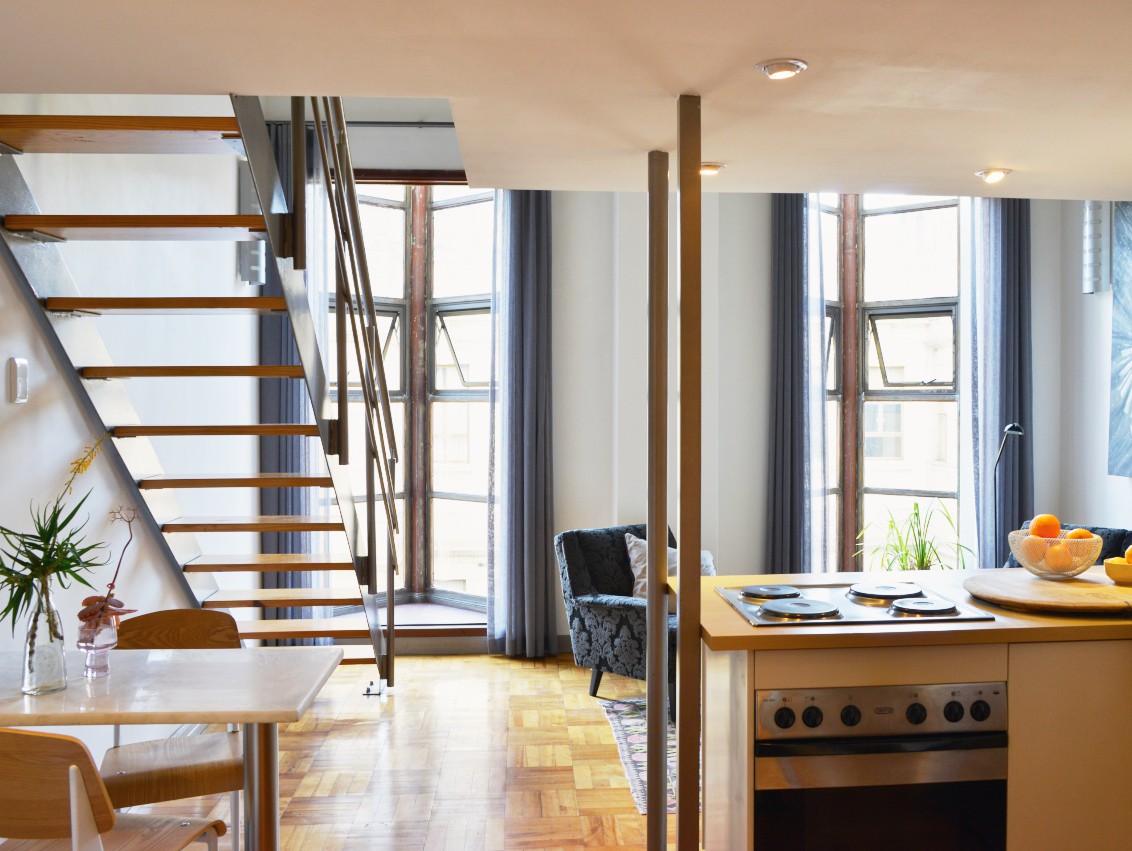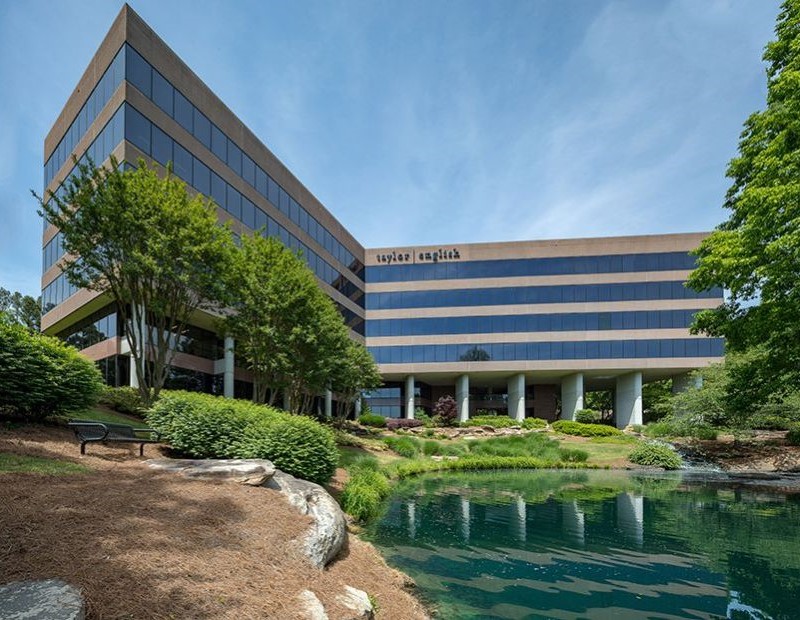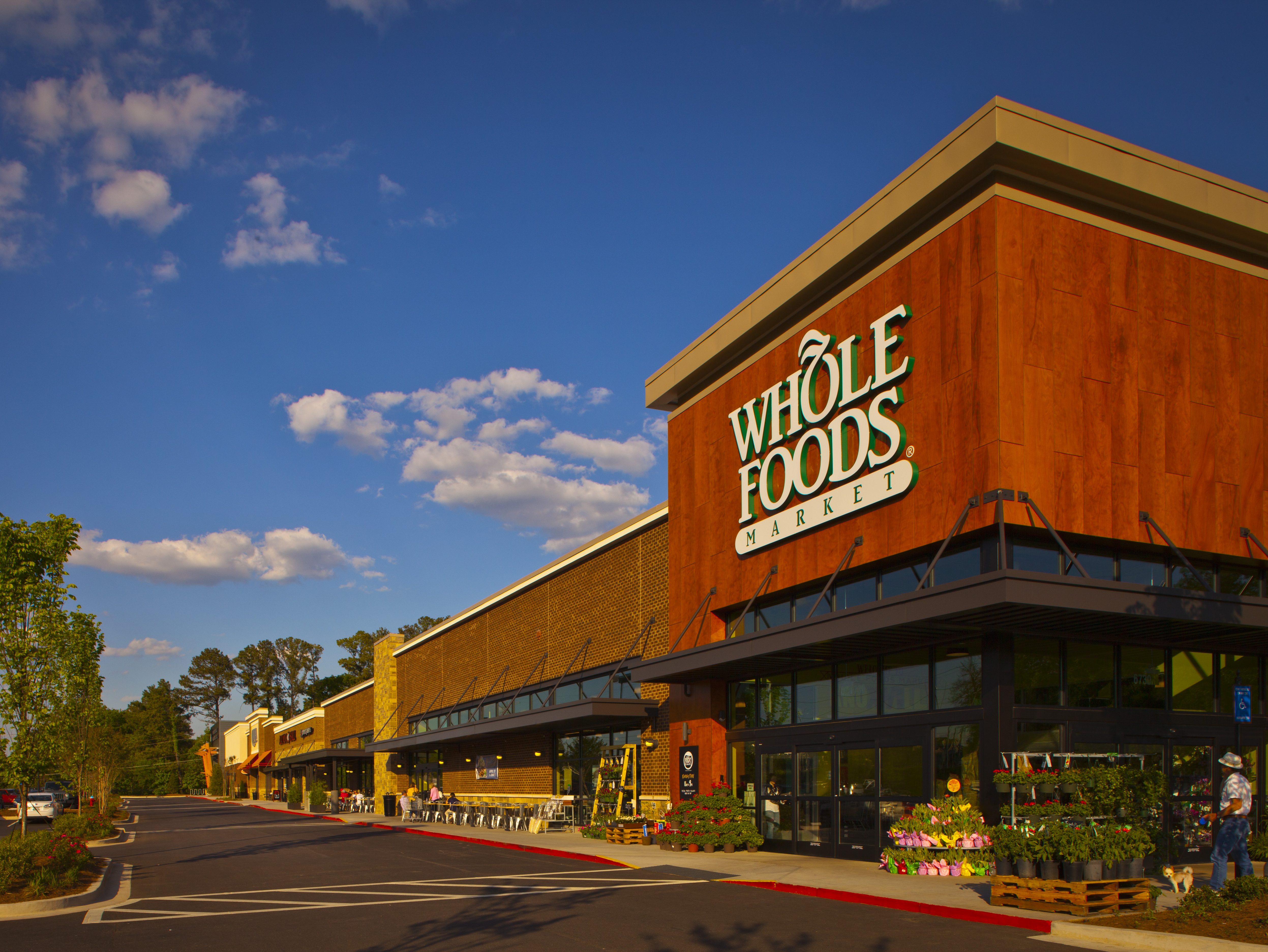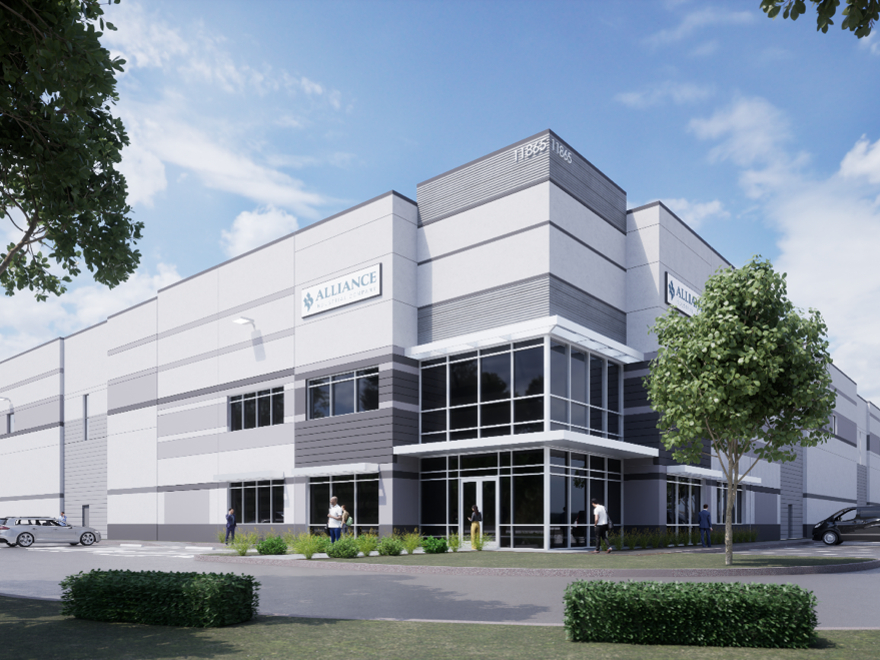Airbnb Going Strong in Texas
According to AirDNA data, three major Texas metros are witnessing an important growth in Airbnb user adoption. Austin, Houston and Dallas have seen the total number of listings increase by as much as 90 percent year-over-year in October.
By Razvan Cimpean
 Data provided by AirDNA shows a significant increase in Airbnb adoption throughout Texas over the past three years. Not only have Austin, Houston and Dallas experienced an uptick in available listings, but the three metros have also seen the average occupancy level go up by at least 11.5 percent.
Data provided by AirDNA shows a significant increase in Airbnb adoption throughout Texas over the past three years. Not only have Austin, Houston and Dallas experienced an uptick in available listings, but the three metros have also seen the average occupancy level go up by at least 11.5 percent.
Austin’s booming economy and population growth translates into the highest number of total available Airbnb listings (entire places, private rooms and shared rooms) of the three metros, 9,455 as of October. Meanwhile, Houston’s room-sharing market seems unaffected by Hurricane Harvey, with a 91.3 percent increase year-over-year in October. Houston saw a significant increase of more than 15 percent in September from the previous month. According to a Yardi Matrix report released in September, Houston has about 616,000 multifamily units, a quarter of which is located in areas identified as flood zones. As up to 11 percent multifamily communities have been rendered uninhabitable, Houstonians had to look for a place to stay in September, which could explain the occupancy level’s growth. Additionally, Airbnb hosts can, in times of natural disasters or conflict, provide free-of-cost shelter to those in need, contributing to the increase in occupancy.
CBRE, in its extensive report highlighting Hurricane Harvey’s consequences on the Texas real estate market, predicted that the hotel industry would experience an increased demand because of Harvey. This could have also been the case with the room-sharing platform. “Hotels throughout the region should see a rise in the number of people seeking accommodation, given the extensive home damage. [They] could generate an additional 3.4 million room nights of demand and roughly $430 million in additional revenue.”
With five units shy of 2,150 available listings, Dallas remains a distant third in terms of Airbnb absorption. The metro witnessed a 40 percent increase year-over-year in October. Occupancy grew by nearly 15 percent year-to-date through October to 61.4 percent and is now on par with Houston’s 59.8 percent occupancy rate. Meanwhile, Austin’s increased Airbnb listings made room for the lowest occupancy level of the three metros, 53.8 percent.
The average daily rate stayed at roughly the same level in all three markets. Austin saw a 3.5 percent increase year-over-year, while in Dallas and Houston the growth was under 200 basis points. Unsurprisingly for an intellectual node, Austin ($286.79) posts an average rate per listing at least 90 percent higher than Dallas ($151.01) and Houston ($138.88).
As Austin and Houston are about to reach saturation in Airbnb absorption, Dallas is expected to witness a rise, provided that the average rate continues to grow at the same level.
Image courtesy of Airbnb







You must be logged in to post a comment.